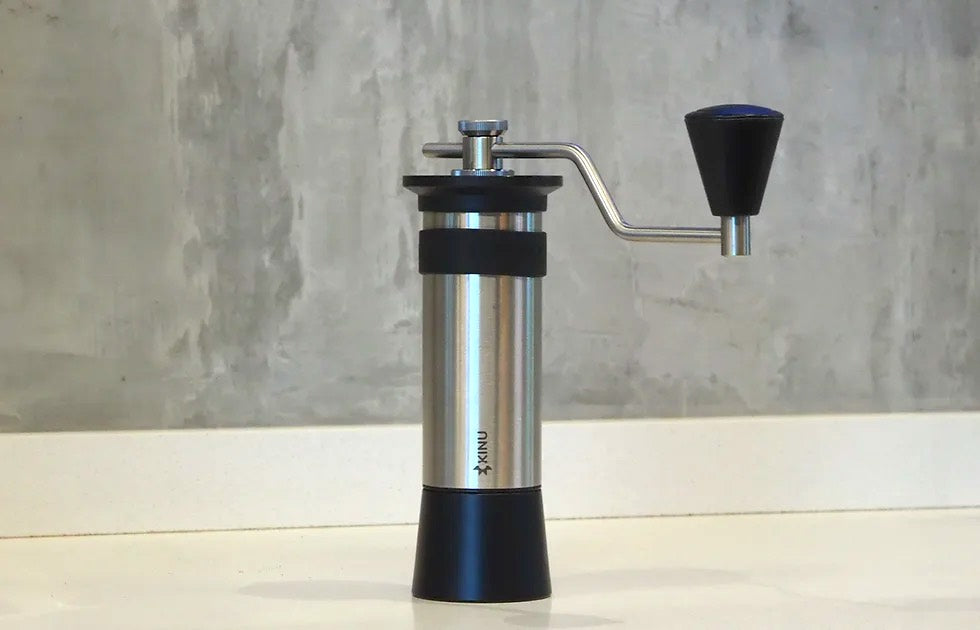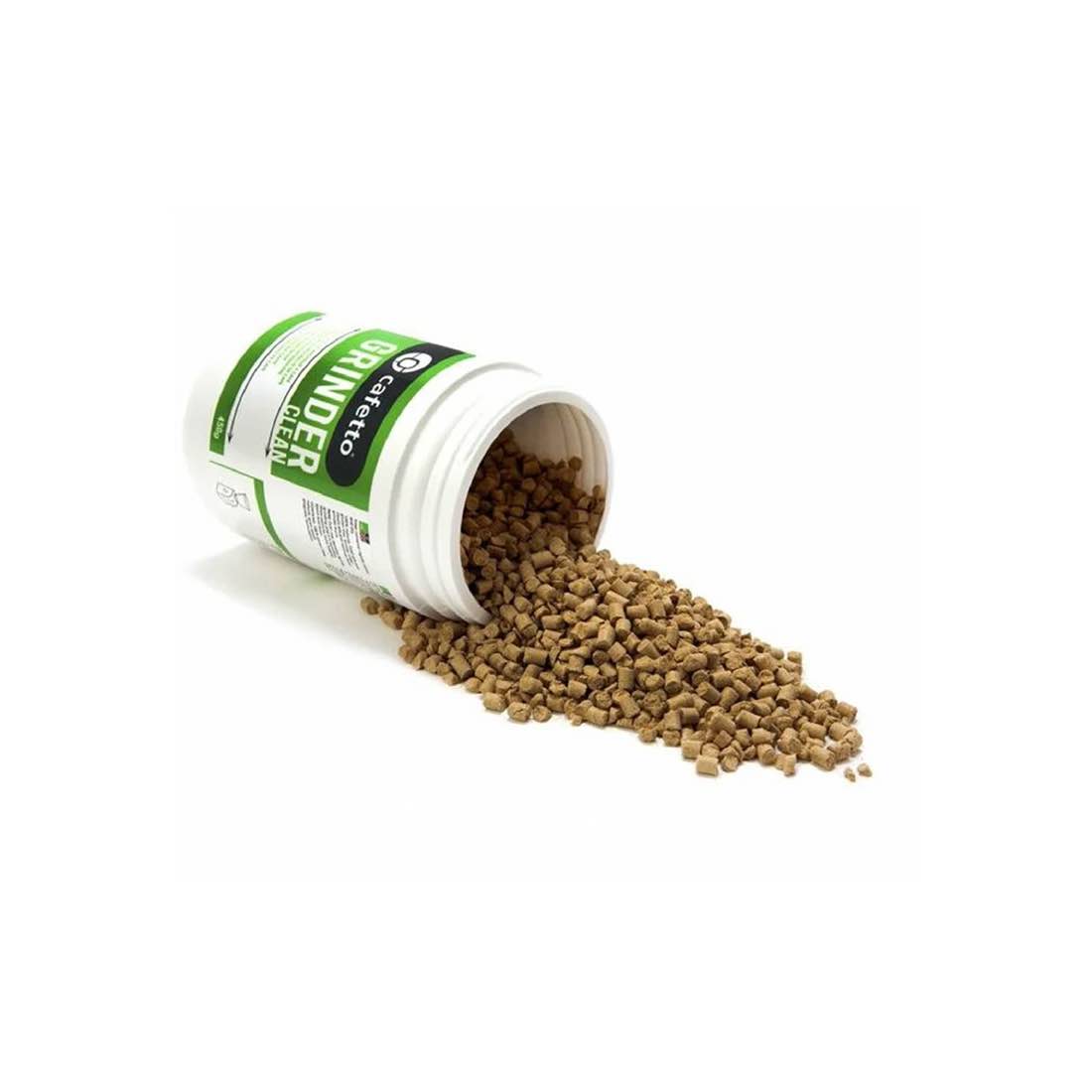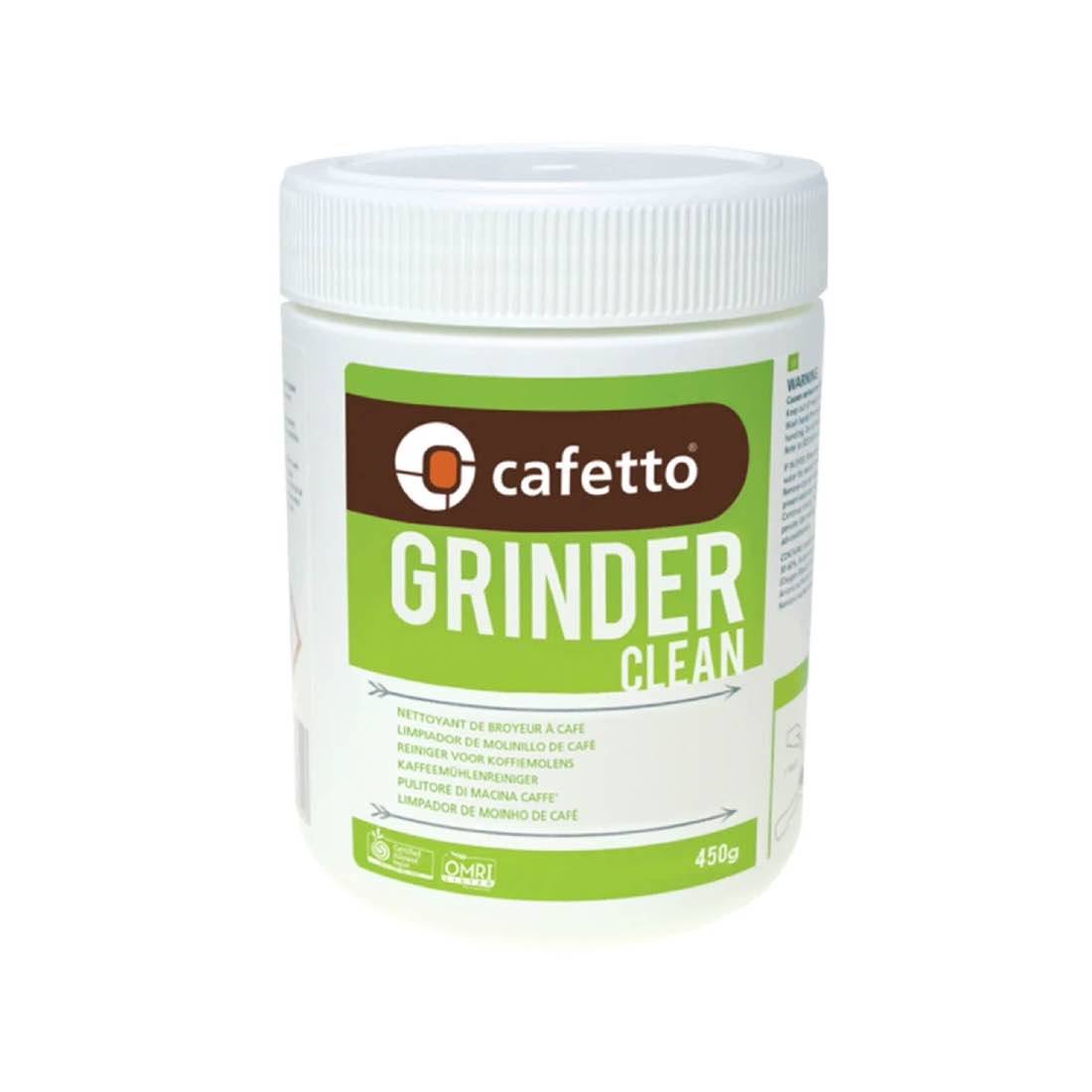For months, your coffee grinder has been your reliable companion, delivering perfect grinds for balanced coffees and espressos. Suddenly, it’s stopped working. The motor runs, but the beans aren’t reaching the burr chamber. Don’t worry. Let’s troubleshoot common issues and restore your grinder’s performance.
Your Grinder Is Probably Not Broken
Good news! When a coffee grinder stops working, it's usually due to clogging with coffee grounds rather than a mechanical failure. The grinder breaks whole beans into smaller particles, which can get lodged in the steel burrs and other tight spaces. Over time, if these particles aren't addressed, you might hear a harsh noise, signaling a potential broken part or a dead motor.
Electric grinders can seem unusable but often need basic maintenance. The fix is usually simple. Sometimes, it’s just turning on the power switch if knocked off. Check this list of common problems first.
Common Coffee Grinder Issues
Is there power to the grinder?
Now the easiest to solve is power to the grinder. First, check if the coffee grinder has been unplugged and, if so, plug it back in. If the electrical outlet switch has been turned off, turn the outlet back on. If the power to the electrical outlet has been tripped at the breaker, turn the electrical breaker back on, keeping in mind that if an appliance is repeatedly tripping a breaker, it may be malfunctioning electrically and needs to be checked.
Finally, check if the grinder’s power switch has been turned off. Many commercial coffee grinders, as well as some domestic ones, have secondary main power switches on the side or underneath that can accidentally be knocked into the off position. If you find one, turn it back on.
When the grinder's power light is on but it's not functioning, it's time to investigate other possible issues.

Jammed Coffee Grinders Burrs
Electric coffee grinders can jam for several reasons, causing the grinder to appear powered on, but the burrs won’t spin when you press the buttons. If this occurs, empty the hopper, grinding chamber, and chute, then test the grinder again to see if it operates without any beans.
To resolve the first two concerns, simply let the grinder cool down, and the thermal cutoff switch will disengage, allowing it to function again. For the third concern, clean your burrs. If they are worn, you will need to replace them.
More Coffee Grinder Issues
Beyond the issues we've covered, coffee grinders can encounter various other problems. If the provided solutions haven't resolved your issue, it might be a more significant problem.
Mechanical Faults
Over time, mechanical parts in your coffee grinder can wear out. Motors might fail, and switches and buttons can break. While some issues are easy to spot, others, like a faulty motor, aren’t. Fortunately, replacement parts for coffee grinders are often easy to find and replace. We don't suggest you try and fix it yourself, it’s probably time to bring in a technician.
Electrical Faults
Since coffee grinders are getting more electronics, electrical problems are increasingly common. Electrical faults in grinders can lead to issues like short circuits, broken wires, failed capacitors, and malfunctioning electronics. These problems typically result in the grinder not turning on or the components not working. If your grinder is experiencing these issues and common troubleshooting hasn't helped, it might have an electrical fault. Always consult a qualified electrician to address such faults to ensure a proper repair.
Blunt Grinding Burrs
As burrs in a coffee grinder wear down, their ability to cut coffee beans diminishes, causing the grinder to work harder. This results in longer grinding times and the risk of overheating. Blunt burrs require finer settings to achieve the same grind and produce grounds with greater size variability, more clumps, and more fine particles.
To fix blunt grinding burrs, you need to replace them. You can often do this yourself, but it's crucial to know the correct replacement parts and proper installation. With various grinders and burr options, selecting the right parts can be challenging. Fortunately, most grinders come with burrs rated for several hundred kilograms of coffee beans, so replacement is infrequent, particularly for home use.

Coffee Grinder Maintenance Tips
To minimize future grinder issues, follow these steps:
- Maintain the burrs in good condition and replace them when worn.
- Make grind size adjustments when the grinder is running.
- Purchase high-quality, oil-free beans.
- Regularly clean your grinder to prevent excessive coffee buildup (every 4-6 months).
- Use grinder cleaning tablets for stubborn oil deposits.
- Clear blocked chutes with small, narrow brushes.
Check you grinder’s user manual for model-specific troubleshooting and maintenance advice.
Conclusion
Maintaining your coffee grinder ensures it remains reliable for your morning coffee. Hopefully you understand common issues and their solutions, and you can quickly restore your grinder’s performance without unnecessary stress. Regular maintenance, such as cleaning the burrs, and checking for clogs, will keep your grinder running smoothly for years to come.















Comments
There are no comments.
Your comment